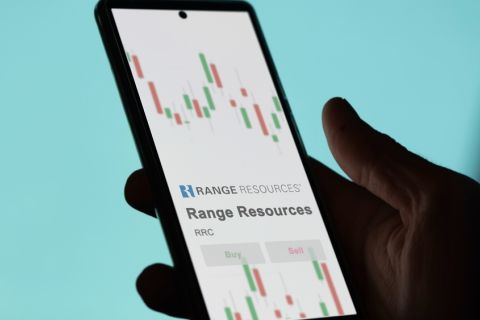SWEPI LP (Shell) reached an agreement with Avitas, a Baker Hughes venture, to expand the use of drones to enhance its existing methane leak detection and repair (LDAR) program in the Permian Basin in July 2020.
Shell is placing a high priority on combatting methane emissions linked to oil and gas production in the Permian Basin. The company has taken actions to effectively reduce our emissions and have revealed a target to keep methane emissions intensity for operated oil and gas assets below 0.2% by 2025.
The company works on multiple fronts to find solutions that enable it to detect methane leaks better, faster, more efficiently and, in the future, potentially with quantification measurements. For example, since 2018, Shell has piloted the use of drones with methane detection cameras and sensors in the Permian Basin. The company also tested methane detection sensors in its Rocky Mountain House asset in Canada. Meanwhile, Shell serves as an adviser to The University of Texas Project ASTRA, which plans to establish a proof-of-concept network of methane detection sensors in the Permian Basin.
The two-year drone pilot program with Avitas is focused on testing the technology and software platforms in a small number of installations and sites in the Permian. The company will deploy drones equipped with an optical gas imaging (OGI) camera and a laser-based detection system across our entire operating area in the Permian and conduct drone-based inspections across more than 500 sites, including approximately 150 sites which fall under the EPA’s Clean Air Act reporting.
Based on the data collected during the initial pilot program, drone-based cameras and sensors have the potential to enable more efficient detection and reporting of leaks in the Permian, according to Shell. Moreover, in the future, drones deployed in higher altitudes could enable detection over a larger area and an increased number of sites, providing further efficiency gains. This, in turn, will enable much quicker repair of leaks, reducing methane emissions and the related global warming impact.
Recommended Reading
TPH: Lower 48 to Shed Rigs Through 3Q Before Gas Plays Rebound
2024-03-13 - TPH&Co. analysis shows the Permian Basin will lose rigs near term, but as activity in gassy plays ticks up later this year, the Permian may be headed towards muted activity into 2025.
Range Resources Expecting Production Increase in 4Q Production Results
2024-02-08 - Range Resources reports settlement gains from 2020 North Louisiana asset sale.
To Dawson: EOG, SM Energy, More Aim to Push Midland Heat Map North
2024-02-22 - SM Energy joined Birch Operations, EOG Resources and Callon Petroleum in applying the newest D&C intel to areas north of Midland and Martin counties.
Tech Trends: Halliburton’s Carbon Capturing Cement Solution
2024-02-20 - Halliburton’s new CorrosaLock cement solution provides chemical resistance to CO2 and minimizes the impact of cyclic loading on the cement barrier.
Petrobras to Step Up Exploration with $7.5B in Capex, CEO Says
2024-03-26 - Petrobras CEO Jean Paul Prates said the company is considering exploration opportunities from the Equatorial margin of South America to West Africa.





